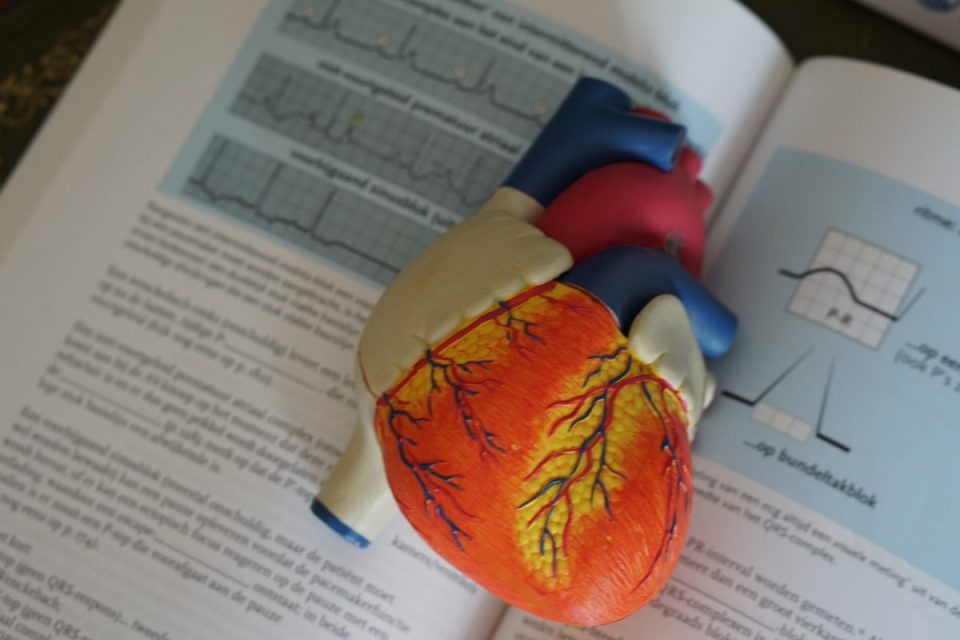KUALA LUMPUR, Jan 5 — The work from home (WFH) ruling imposed in various sectors during the various phases of movement controls in 2020 and 2021 has led to an “increasing number of people suffering from cardiovascular disease”, according to an expert.
Consultant specialist in cardiology and internal medicine at University of Malaya Medical Centre (UMMC) Associate Prof Dr Muhammad Dzafir Ismail said among the negative aspects of WFH was that people spent most of their time at home which resulted in them eating “too much of unhealthy food” and not exercising enough as they could not go jogging or cycling outdoors.
“During the prolonged MCO (Movement Control Order), most Malaysians, unfortunately, adopted sedentary lifestyles. Many also felt demotivated and were mentally distressed, which led to an increase in unhealthy habits such as smoking,” he told Bernama.
He did not provide any data but said that based on his observations, he has noted an “increasing number of young patients suffering from cardiovascular disease which can lead to a heart attack”.
Leading cause of death
Dr Muhammad Dzafir said cardiovascular disease, including coronary artery disease (CAD), has remained Malaysia’s leading cause of death every year.
According to data from the Department of Statistics Malaysia, 23 per cent of deaths in 2019 were caused by cardiovascular disease. Out of the medically confirmed deaths due to cardiovascular disease, 16,325 or 15 per cent were caused by CAD.
Dr Muhammad Dzafir explained that CAD is caused by a blockage in the blood vessels of the heart, better known as coronary blood vessels.
“The process of fat deposition or atherosclerosis is the main reason why such blockage in the coronary blood vessels can happen, where the supply of oxygen that is supposed to be carried by the blood cannot reach the heart muscle area. This condition also called ischemia or ischemic, will cause the heart to not function properly.
“If left untreated for a prolonged period of time, the patient will suffer a heart attack and subsequently, heart failure, which can eventually lead to death,” he said.
He said CAD that prevails over a long period of time can be worsened by other risk factors for heart disease such as diabetes, high blood pressure, high cholesterol levels, inactive lifestyle and other hereditary factors.
According to Dr Muhammad Dzafir, signs of CAD include severe chest pain.
“The pain comes and goes in waves and you may feel something heavy in the middle or left side of the chest. The pain will sometimes be accompanied by numbness in the left arm, jaw and neck, as well as sweating, nausea and possibly vomiting.
“However, older patients, diabetics or women sometimes don’t experience (severe) pain. Instead, they may experience milder pain, shortness of breath, fainting or extreme fatigue,” he added.
Surgery for CAD
Meanwhile, consultant cardiothoracic surgeon at Mahkota Medical Centre Dr Kenny Cheng said several regular surgery options for CAD are available in local hospital settings, with the popular one being coronary artery bypass grafting (CABG) that involves creating new conduits to bypass the blockages in the blood vessels.
He said CABG has also proven to be very effective and, possibly, the most cost-effective in the long run compared to other treatment options, especially in patients with two or more blockages, as substantiated by countless randomised controlled trials.
“The best way to treat the blocked arteries is to bypass the blocked portion of the coronary artery with another piece of a healthy blood vessel from elsewhere in the patient’s body. It may be pieces of the patient’s greater saphenous veins from the leg or an artery in the chest or arm. Often, the saphenous veins are used due to their ease of harvesting and length,” he said.
The surgeon attaches one end of the harvested vein above the blockage and the other end below the blockage. Blood then bypasses the blockage by going through the new graft to reach the heart muscle.
However, he pointed out, such conventional leg vein harvesting for CABG may require a long wound from the ankle up to mid-thigh. This may result in bleeding during or after the surgery, infection at the incision site, pain and prolonged hospital stay.
There is, however, another minimally invasive procedure called endoscopic vein harvesting (EVH), which only requires a two- to the three-centimetre incision for leg vein harvesting using specialised equipment consisting of an endoscopic camera and dissectors.
About EVH
“EVH is one of the technological advances that can truly elevate and improve vessel harvesting for CABG surgery. It has been the method of choice to harvest the greater saphenous vein, which is the most widely used conduit in CABG surgery,” said Dr Cheng.
This technique involves making a small incision behind the knee joint; the vein is then dissected with the aid of a small endoscopic camera.
“This obviates the need of a long incision over the whole length of the leg to expose the vein,” he explained.
EVH also has a better cosmetic result and leads to less pain, infection or wound complication rates for the patient, who will also recover faster.
CABG patients who are obese or diabetic and are at elevated risk for surgical wound infections experience four times fewer infections with EVH compared with open harvest surgery.
“EVH will also result in fewer hospital visits to treat an infected wound and can eventually lower the medical cost. According to a recent study, hospital readmission doubled among CABG patients who developed harvest site infections compared with those who took the EVH procedure,” Dr Cheng added.
— Bernama





